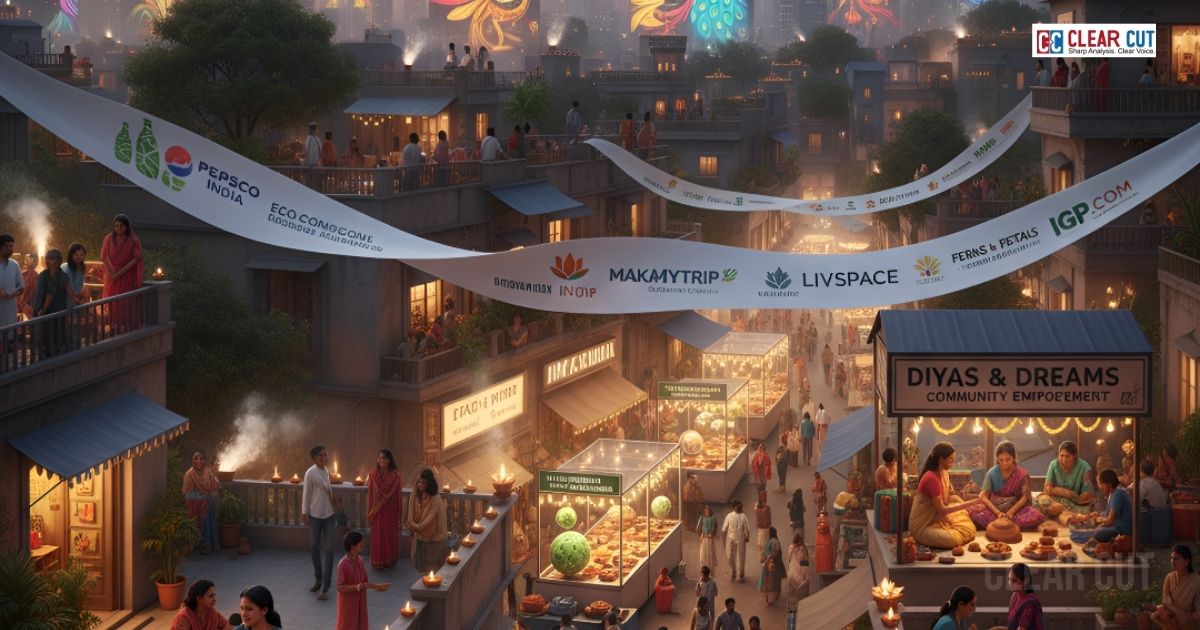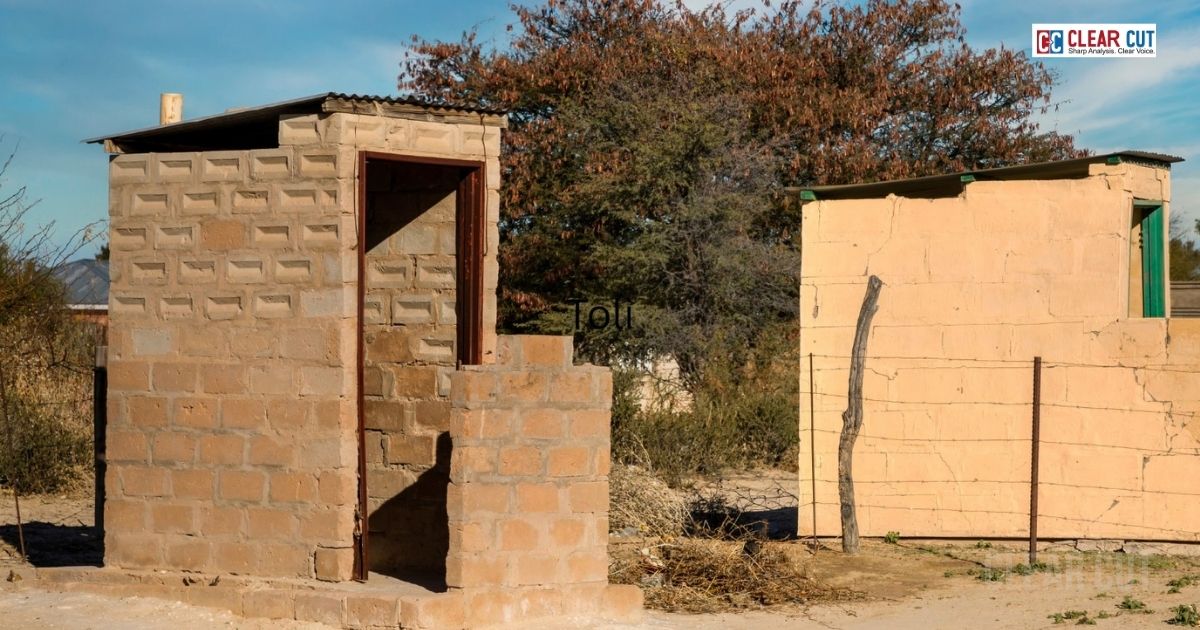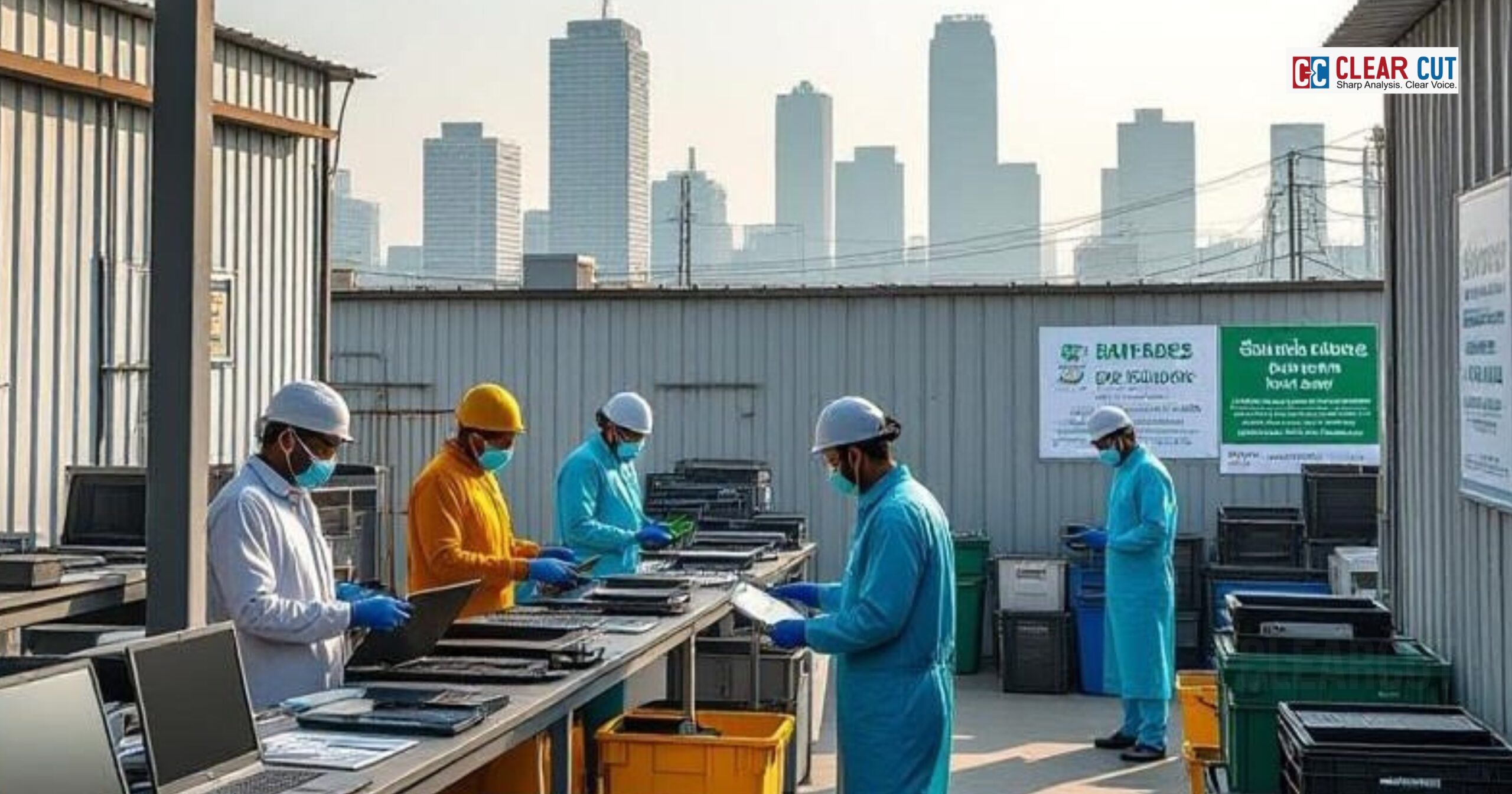Photo Credit: Antara Mrinal
Clear Cut CSR Desk
New Delhi, UPDATED: Oct 18, 2025 10:31 IST
Written By: Antara Mrinal
Each year, Diwali is one of the most joyful festivals in India. Laxmi puja and sweets, new clothes and family visits, and burning fireworks and excessive garish lights. In the absence of adequate measures to mitigate the air pollution in our country, many voices are asking: can we celebrate with conscience? Can brands, corporates, policy and creativity work together to make Diwali brighter?
Particulate Matter: Rising Baselines, Sharper Spikes
It is well established that nights of Diwali bring smog and a sharp rise in concentration of PM₂.₅. What is different in the past decade is that cities take the celebrations of the season with higher background pollution levels. Multiple observational studies and air-quality monitoring campaigns show that the extended winter season baseline pollution has worsened in Indian metropolitan cities. This is the result of traffic, heating, industry, stubble burning, and stagnant weather. In this context, the incremental harm from the pollution created by fireworks is far worse.
As an example, consider Indore, which reported that the AQI had dropped from “satisfactory” to “moderate” in early October. Fine and coarse particulates were also above normal seasonal averages. In Kolkata, while monsoons had receded, AQI readings were in the 120-180s, which raised concerns that the emissions during Diwali will push them to “poor” and “very poor” levels. Each cracker burnt will add to the atmosphere which is especially detrimental to children, the elderly, and those with respiratory illnesses.
Footprint Reduction through Design Choices
Some brands and manufacturers have started to innovate in ways that can help in reducing the commuter, health, and atmospheric costs of festive products. Their range of services includes cleaner fireworks as well as alternatives to lighting and décor. “Green crackers” by Council of Scientific and Industrial Research – National Environmental Engineering Research Institute (CSIR-NEERI) aim to reduce the emissions of particulates by 30% when compared to normal fire crackers. They use smaller charge sizes, remove ash-producing materials, added dust suppressants and replaced chemical mixes with ones that do not contain heavy metals like barium. The shift signals how design changes, sometimes modest in cost, can cascade across supply chains.
Some brands other than those offering Diwali fireworks are trying low impact lighting and decorations. For example, some home decor and festive lighting companies sell LED string lights, solar powered lamps and projection wall displays that cut down the need for several individual light bulbs and flaming bulbs activities. Moreover, some fashion and home lifestyle brands that sell diyas also provide clay diyas, reusable lamps, and zero-emission lamps that replace battery-operated and plastic lamps. A local example is Dhamtari district in Chhattisgarh whose administration promotes the use of traditional earthen lamps and encourages the use of clay diyas for an “eco-Diwali” campaign. While Dhamtari does not develop private brands, it does illustrate how the low tech visual options that are being brought in the market can work in synergy with brand efforts.
There is an interesting twist in Kolkata in the Diwali bazaars where traders sell themed green crackers such as “drone crackers” and tank-shaped rockets that are all certified as “green” to capture the younger audience who desires the visual spectacle without as much smoke. Such design experiments clearly illustrate that brands are trying to keep the visual impact while reducing pollution.
Corporate Efforts: Market Influence and Institutional Responsibility
Large corporates and consumer goods firms are starting to understand that festival emissions are both a reputation problem and a supply-chain problem. Many corporates are starting to shift their focus to incentivizing shifts in market demand. For example, ahead of and during Diwali, some large retail chains are permitted to clear shelf space by replacing certified NEERI low-emission firecrackers with smuggled and uncertified versions.
Others are responsible for putting embedded sustainability measures in contracts, for instance ‘having firecrackers or décor to use from traceable and certified manufacturers and chemical profiles with QR code passes. Most corporates use their CSR funds to sponsor community displays funded light art and other initiatives. For example, sponsoring “zero-smoke” lantern parades or distributing masks in high-exposure zones. One retail brand in past years and during Diwali has been sponsoring “green Diwali” kits with organic rangoli powder, LED candles, and small clay lamp sets to discourage usage of high plastic or carbon décor. Some logistics or ecommerce platforms have now partnered with certified sellers to guarantee only certified low-emission décor items and green-crackers are sold to end consumers. Scale matters. When major buyers or sellers make low-footprint alternatives the norm, manufacturers follow.
Familiar Corporate Names & Their Engagement
- PepsiCo India — Partnered with NGO Mitti Cafe for eco-friendly hampers, as part of their initiatives around sustainable giving.
- MakeMyTrip — To move towards gifting savouries and sweets hampers made with natural ingredients and recyclable packaging.
- Livspace — They are looking to put together customized boxes filled with locally sourced/produced home decor items, plants (succulents), and reusable packaging as gifts for its employees and partners for Diwali.
- IGP.com, Ferns N Petals, Xoxoday — Widely known corporate gifting platforms / a range of platforms engaging in the corporate gifting space in India. They have been mentioned in news as exemplifying the move to sustainable packaging, and more eco/gift/hampers options instead of just typical festive gift options.
Creative Campaigns: Storytelling that Changes Celebration Norms
To effect a change in the way Diwali is celebrated, we need to shift our thinking as well as our technology. There are campaigns underway that are breaking down the language of shooting off fireworks as “noisy explosion,” to instead, showing it as a “light experience.” Leading marketing agencies and social enterprises have already launched competitions, challenges, immersive visual events, and public art installations.
In various cities, local government or NGO community groups are running competitions for “design-your-light” experiences: homes or neighborhoods compete to create the best designed light experience with minimal energy consumption and no smoke. These installations become live social media feeds, shifting the aspirational conversation from one of smoke and noise to one of cleaner spectacle.
Organizations such as the Kala Krida Sahitya Shantidoot Parivar NGO have been providing underprivileged women with training to make handmade Diwali goods, like diyas and decorations in Pune. With programs like Mission Parivartan, they will gain financial autonomy to create eco-friendly products and support a sustainable Diwali.
Likewise, the NGO Jeevika in Jamshedpur has trained children with intellectual disabilities to make festive gift bags and decorated diyas. These handmade items have grown in demand, indicating community support for sustainable and socially responsible products.
A Diwali of conscience is not a dull Diwali. It can, and must, still be bright, communal, and magical, only without choking our cities. If brands lean into better design, corporation affect market incentives, creatives narrate new norms, and governance promotes science with checks and partnership, we can transition the festival from a temporary peak in pollution to a sustainable celebration. This year, let us illuminate our choice without fogging the air we breathe.




